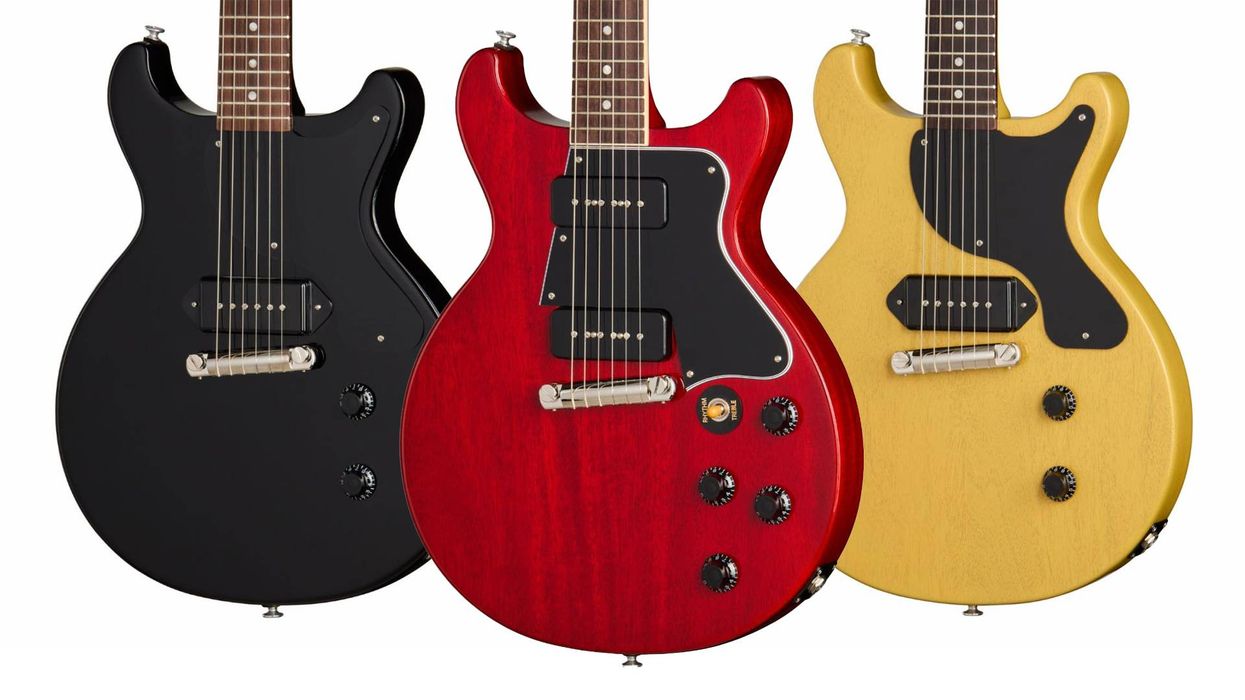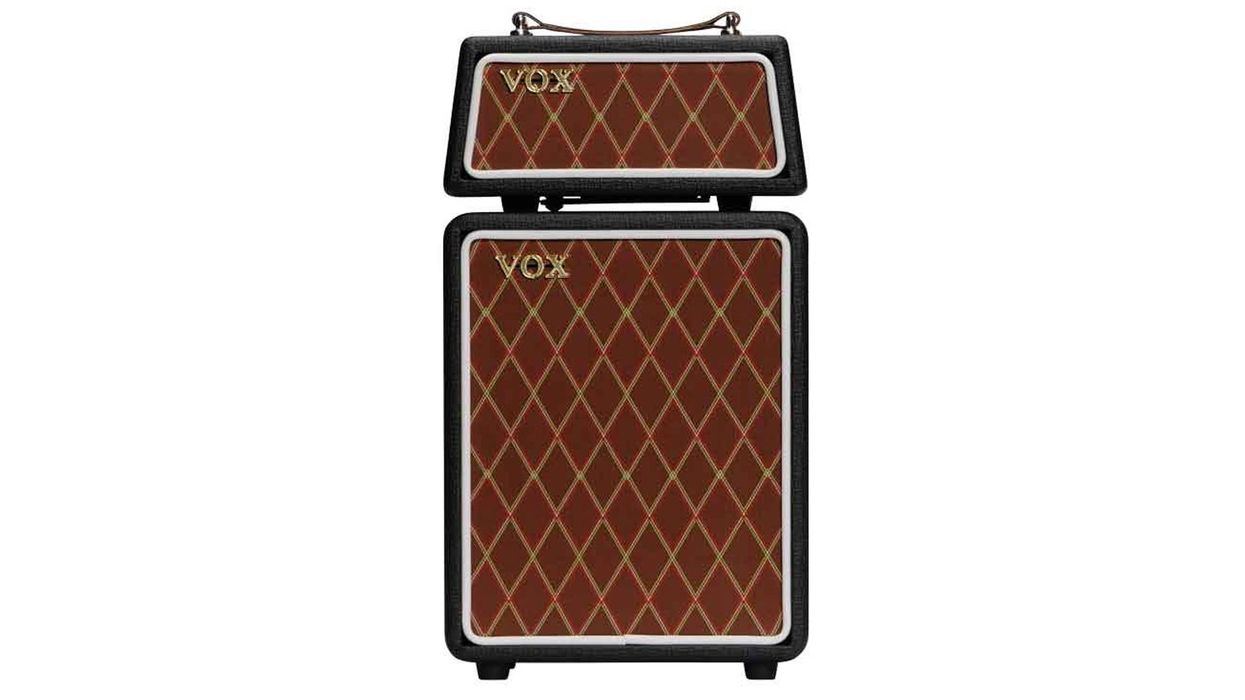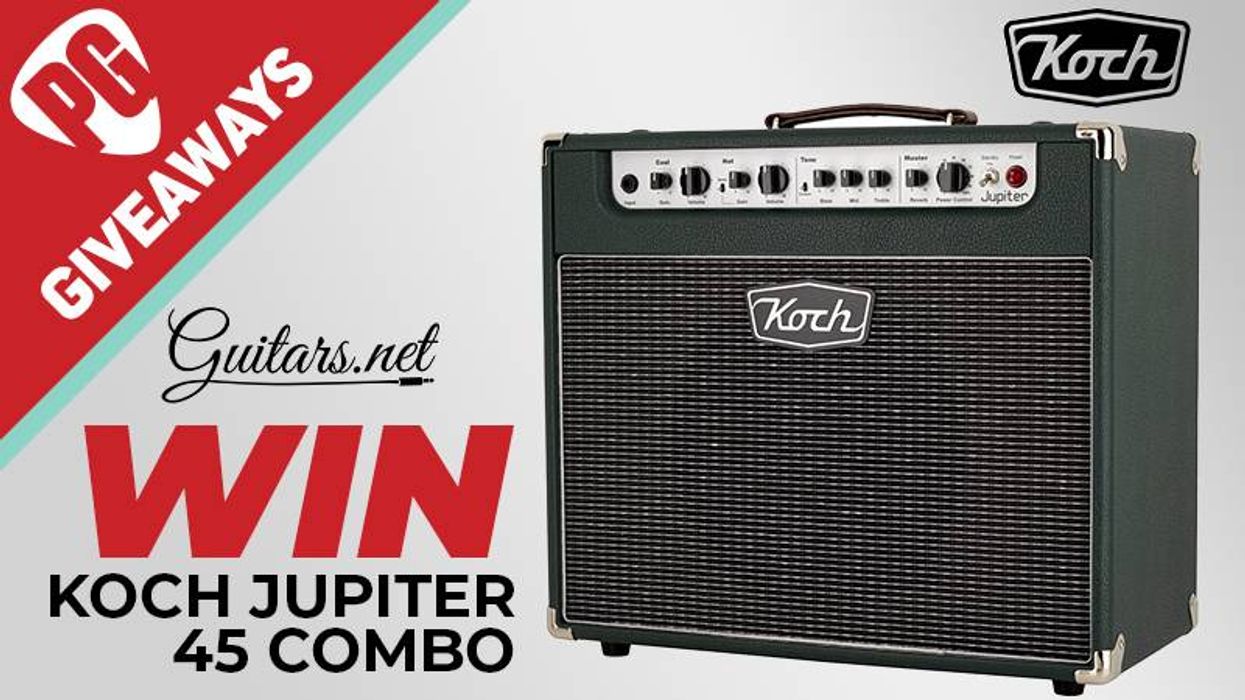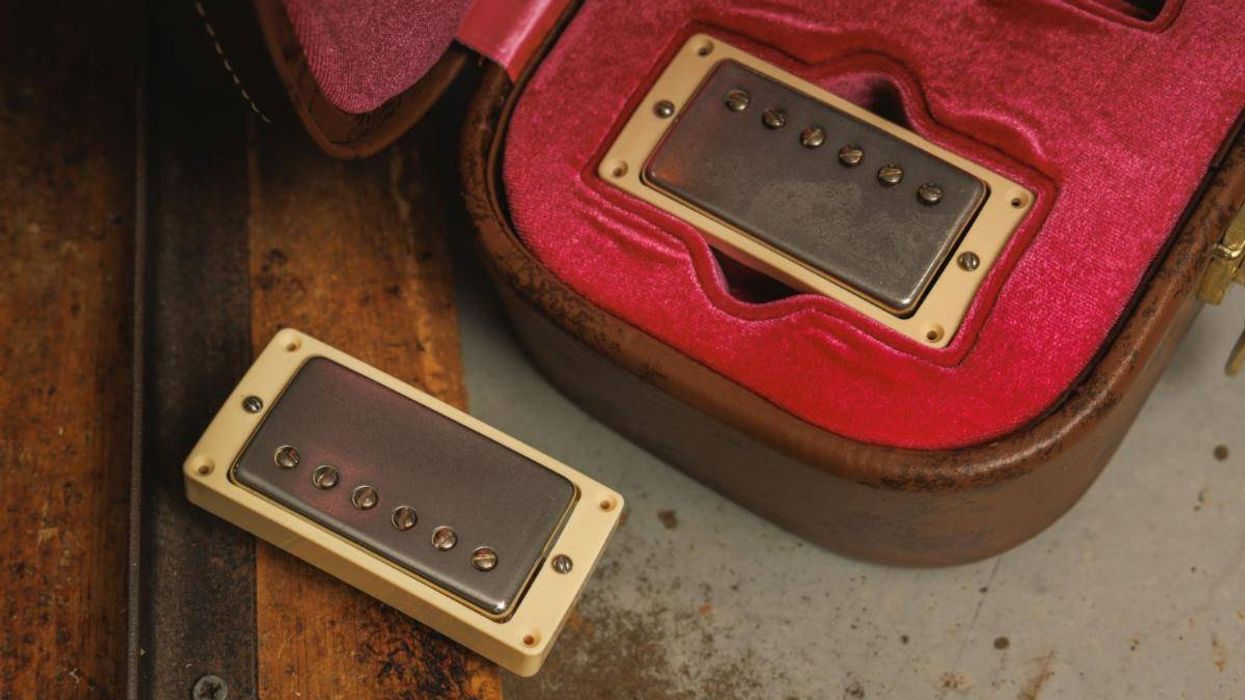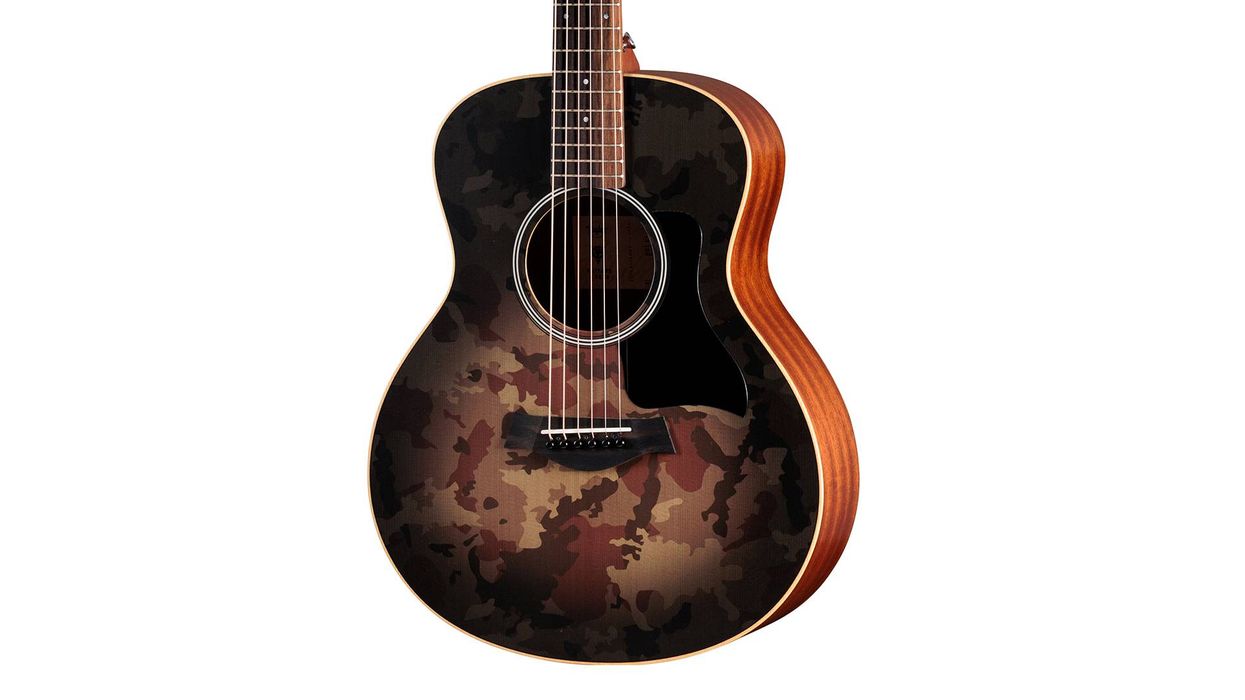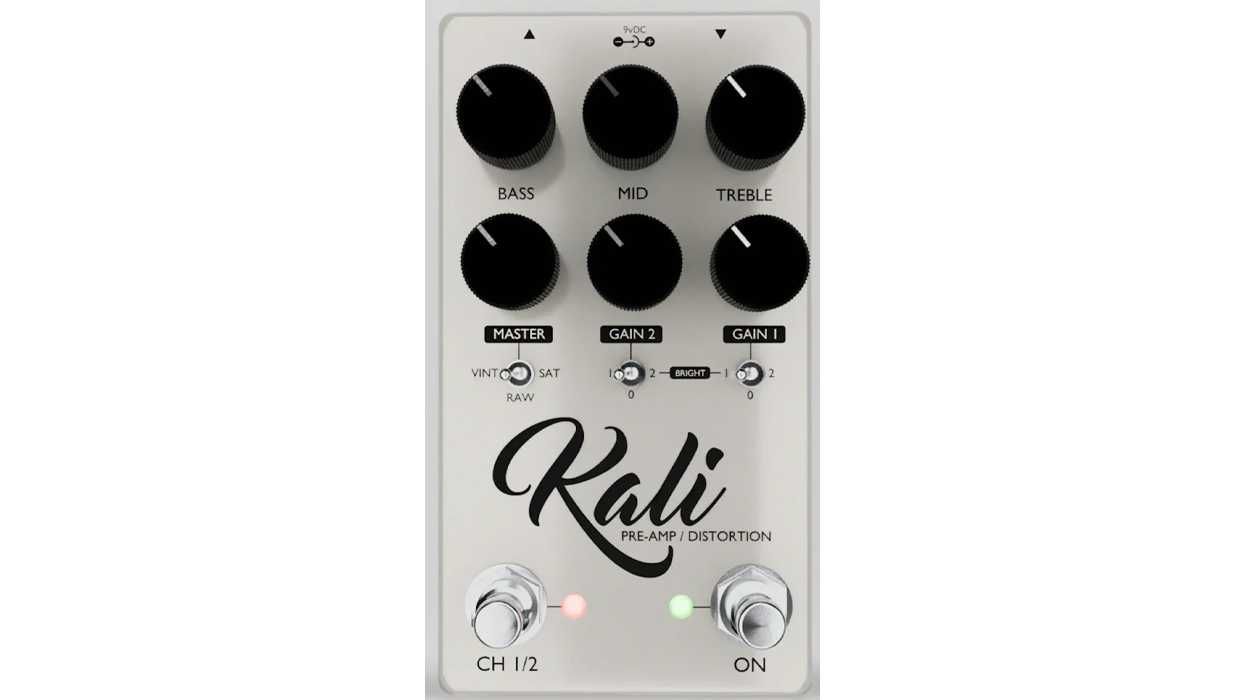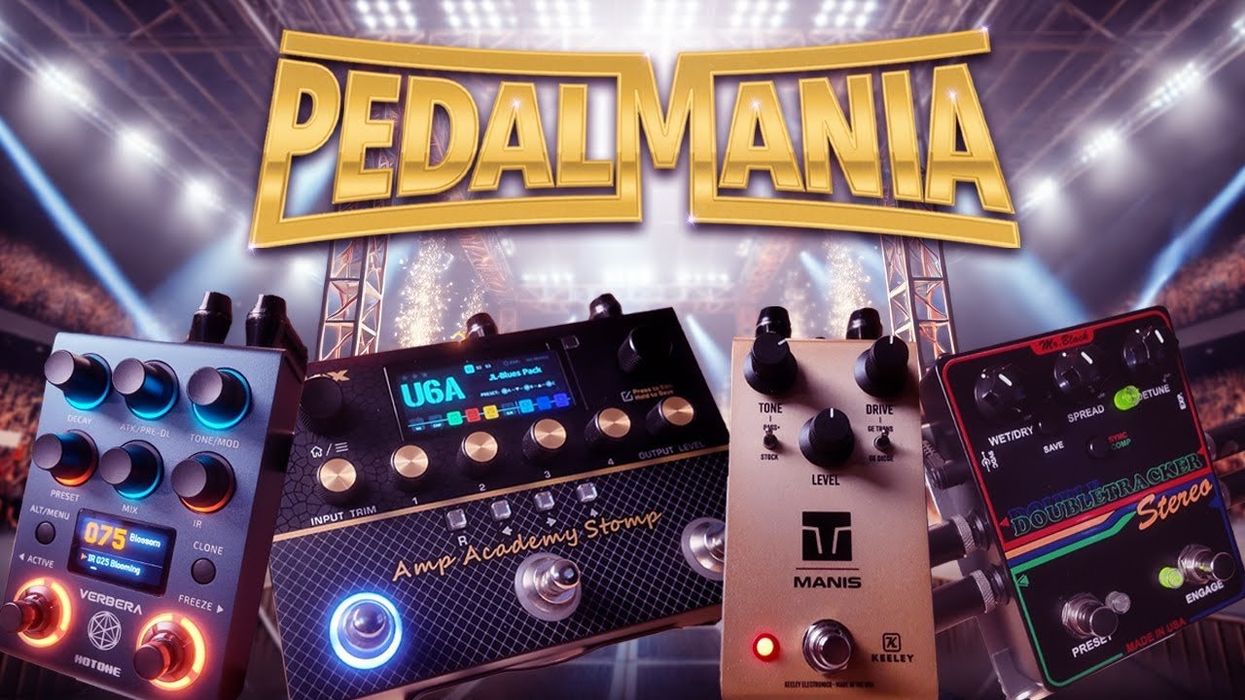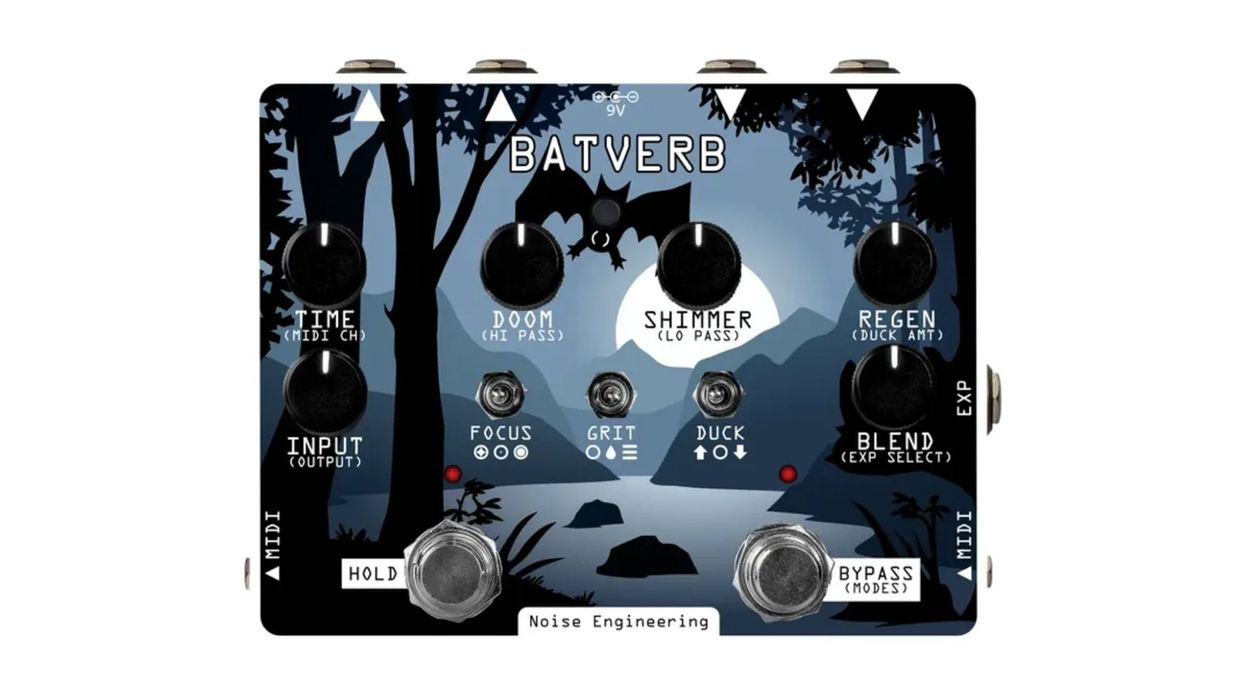The complexities and capabilities of modelers like Neural DSP’s Cortex series demand certain tradeoffs. For starters, a powerful modeler can’t be the size of a postage stamp, at least if you intend to adjust many parameters and source numerous presets in real time on a stage. Neural’s new Nano Cortex pushes back at the boundaries of that compromise. It's not much wider than two MXR pedals side by side. The $549 price tag, which is just about a third of the price of the Nano’s more capable big brother, the Quad Cortex, makes it an appealing proposition too.
Taken at Face Value
The Nano Cortex is a streamlined piece of hardware. An array of five push buttons enables signal capture and navigation of banks and effects. Two rotary bypass footswitches also move through presets and effects blocks, and six knobs (with LED surrounds that display levels) govern gain, output level, EQ, and wet/dry effects blend. The big omission here is, of course, a screen that displays signal effects chains and preset names. That job, if you choose to use the Nano in that fashion, falls to the Cortex Cloud app and a smartphone or tablet, meaning you’ll need two pieces of hardware on hand to make the most of the Nano’s potential. You can use the Nano in performance without a phone or tablet. But you’ll need to have a photographic memory of what presets are made up of what amps and effects, which gets extra tricky if you use wildly divergent sounds designed to work at vastly different output levels.
Many sounds from the Nano Cortex are fantastic. Many of the factory presets—particularly those dressed up with a little gain, will probably fool listeners in a blind test when those sounds are situated in a mix, and can be fairly classified as authentic in most cases. Like any modeler, the accuracy of modeled tones doesn’t mean that dynamic interactions with those same models will feel the same way, especially if you use feedback and the overtones and harmonics generated via amp proximity in your expression. For guitarists that don’t integrate these methods into their playing, the Nano’s sounds will be more than satisfactory stand-ins for their analog equivalents.
A Captive Audience
Modelers love the convenience of capture technology—the ability to clone the characteristics of many amps and pedals in your collection, which you can then take on the road, to a gig, or practice in a compact floor unit. It’s a very appealing and practical idea, particularly if you’re playing anywhere where parking in front of the venue isn’t a given. Neural’s capture method is fast and easy. To capture an amp’s personality, you mike an amp (or send the signal via a load box) to the Nano Cortex, run a signal from the Nano to your amp, press capture, listen for the test signals and kick back for five minutes while the unit does its thing. The process is fundamentally easy. And it enables you to stuff an approximation of your favorite amp, or 10, in the pocket of a gig bag. It’s also what makes the tone library crowd sourced by the constantly growing and dedicated Cortex artist and user community so extensive.
“Nano Cortex’s capture process is fundamentally easy. And it enables you to stuff an approximation of your favorite amp, or ten, in the pocket of a gig bag.”
But while you can conceivably nail the sound of your amp, or pedal, to the letter in five minutes, achieving the best possible approximation can take many tries—particularly if you use the amp-miking method. Though I got close, I never quite hit the bullseye in my attempts. The same mic placement, amp settings, and audio interface all sounded more expansive and livelier when tracked live than via a capture. Would I love to have close-but-not-quite approximations of my favorite three different amps on a fly date? You bet—especially if I could situate a few key, favorite pedals on a small pedalboard with the Nano.
The Verdict
Though there is no shortage of serviceable sounds built into the Nano Cortex, the real action will, for many, be the abundance of captures and sounds created via the larger Cortex community. This is no bad thing—especially if you have the time to cruise and create these sounds at leisure. There’s no reason that any of these sounds can’t become solid foundations for core live tones. But time spent exploring an extensive online library of captures or creating them is time not spent creating songs. So, for many players, Nano Cortex will be a better bet for home recording than for performance or in a deadline-driven studio situation. This is made doubly true for the lack of the onboard editing interface and the Nano Cortex reliance on a smartphone or tablet for deeper editing. Adding a second piece of gear compounds the risks inherent in an already complex technology.
Still, the number of available presets is considerable, and players with gigs that require spanning multiple styles in a night will have so much to work with here if they manage without a screen and trust their phone. In terms of achieving sheer processing power in a small size, the Nano Cortex is tough to beat. And for those that savor the experience of creating and sourcing a huge library of sounds in a unit with the footprint of a sandwich, thrills and big-time dividends await.







